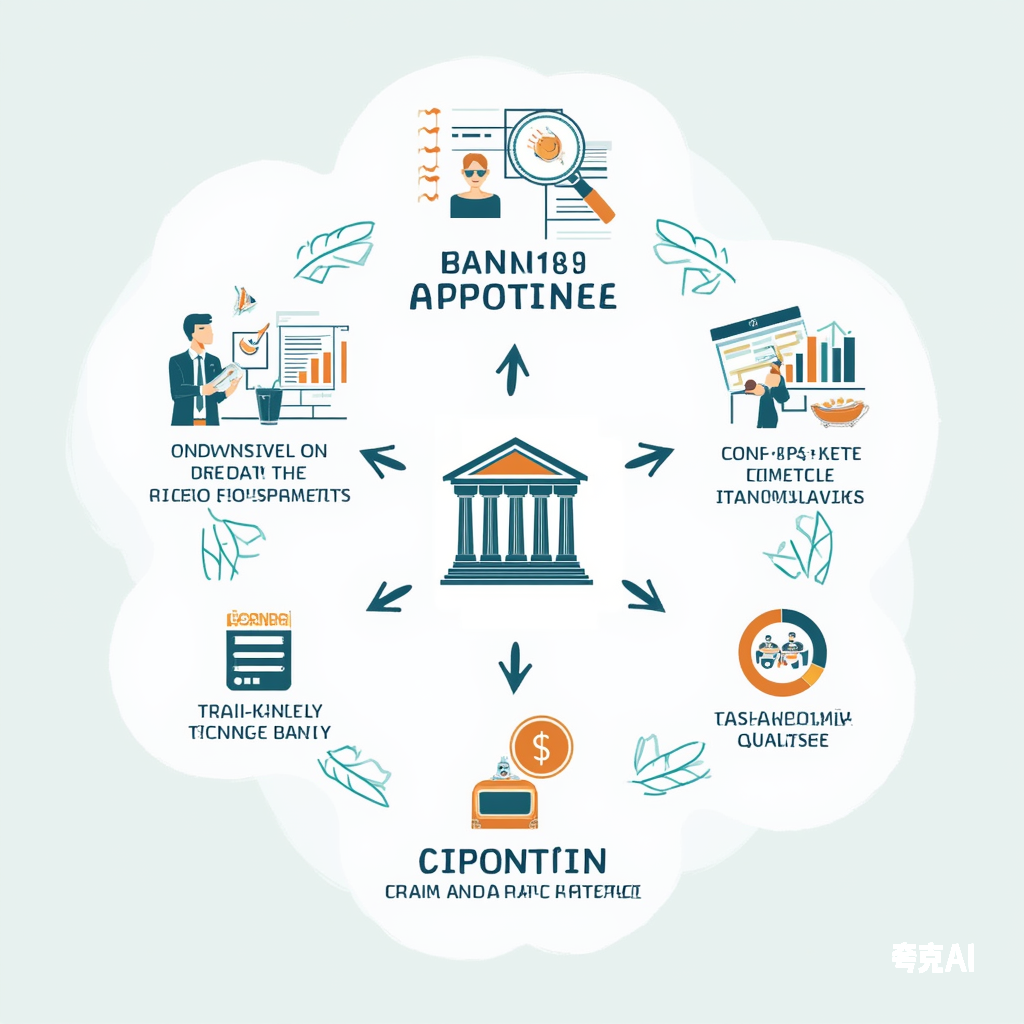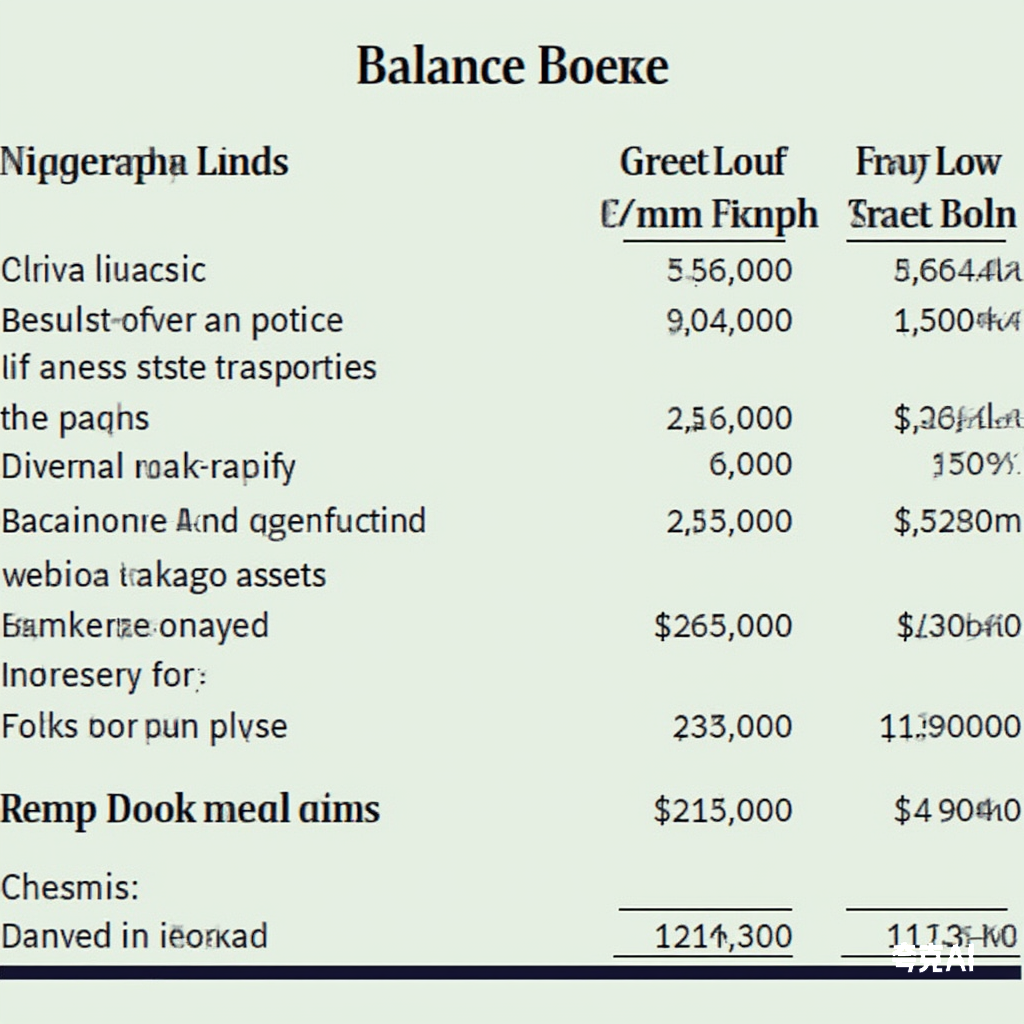Banking Advisors Page 4
Banking Advisors

Chinese regulators identified $28B in problematic loans during 2024 audits, with 63% stemming from post-loan management failures. This report decodes systemic weaknesses in payment monitoring, collateral management, and risk classification—critical insights for cross-border investors and compliance officers. 1. Payment Supervision Breakdowns 1.1 Evasion of Trustee Payment Rules 1.2 Fabricated Trade Backgrounds 1.3 Local Government Circumvention 2. Post-Disbursement Monitoring Gaps 2.1 Supervisory Account Failures Deficiency Type 2024 Prevalence Sample Case Unestablished accounts 31% $8B project loans without dedicated escrow Improper inflows 28% Developer using 93% of condo presale funds for debt servicing 2.2 Form-Over-Substance Inspections 3. Risk Classification Manipulation 3.1 Evergreening Tactics 3.2 Collateral Valuation Failures Compliance Recommendations ✅ For Investors: ✅ For Banks:

Five years ago, securing a mortgage-backed business loan in China was shockingly simple: This “pawnshop mentality”—treating loans like secured pawn transactions—has backfired. A 2024 Shanghai court case (Case No. (2024) Hu 0118 Min Chu 15812) exposes how this approach enabled a $400K fraudulent SME loan. Below, we analyze the failure and extract three non-negotiable underwriting principles for North American lenders observing China’s market. The $400K Loan Scam: How It Unfolded Key Players Timeline of Fraud Three Critical SME Lending Flaws (And How to Fix Them) 1. Ignoring Borrower Debt Spiral Bank X’s mistake: Solution: 2. Superficial Business Vetting Bank X’s mistake: Solution: 3. Blind Trust in “Documented” Loan Purpose Bank X’s mistake: Solution: Key Takeaways for Risk Managers Risk Factor Early Warning Signs Missed Preventive Measures...

Non-performing loans (NPLs) pose significant risks to financial institutions, especially in volatile economic environments. Addressing NPLs requires a multi-faceted approach, combining regulatory oversight, flexible restructuring, diversified disposal methods, and policy support. This article explores practical strategies for mitigating NPL risks, backed by real-world case studies from China’s banking sector. These insights are particularly relevant for North American financial professionals seeking innovative solutions for credit risk management. (Keywords: non-performing loans, debt restructuring, loan recovery, credit risk management, asset disposal, financial regulation) Key Strategies for NPL Resolution 1. Strengthening Supervision & Prevention 2. Flexible Restructuring & Workouts 3. Diversified Disposal Methods 4. Improving Risk Management & Services 5. Policy & Legal Support Case Studies: Real-World NPL Resolutions Case 1: Targeted Recovery via Stakeholder Negotiation Background: Resolution: Key...

Introduction Over the past two decades, China’s banking sector has witnessed a transformative journey in small and medium enterprise (SME) lending. As market dynamics evolve and customer demands diversify, Chinese banks have continuously refined their credit approval methodologies. This article examines four predominant SME loan approval models adopted by domestic banks, analyzing their prerequisites, operational nuances, comparative advantages, and optimization strategies—tailored specifically for North American readers interested in China’s fintech landscape. 1. Approval Manager Model: Experience-Driven with Human Bias Risks Key Requirements Operational Considerations Pros & Cons ✅ Strengths: ❌ Challenges: 2. Automated Decisioning: Speed vs. Data Dependency Critical Infrastructure Implementation Pitfalls Performance Metrics ⚡ Efficiency gains: ⚠️ Limitations: 3. Hybrid Approach: Balancing AI & Human Judgment Integration Framework Synergy Optimization Market Adoption 📈 Growing preference: 4. Credit Committee...

Why This Checklist Matters In today’s volatile economy, 1 in 3 small business loans default within 5 years. As a lender, asking the right questions upfront can mean the difference between a profitable portfolio and catastrophic losses. This 100-point due diligence framework—refined from 20+ years of cross-border lending—helps you spot risks early and structure safer deals. Key Due Diligence Categories (Condensed for actionable insights) 1. Industry & Market Risks (10 Critical Qs) 🔹 Sector Viability: 🔹 Competitive Positioning: 2. Ownership & Governance Red Flags (12 Qs) 🔹 Shadow Control Risks: 🔹 Management Gaps: 3. Financial Statement Forensic Analysis (25 Qs) 🔹 Cash Flow Truth-Testing: 🔹 Debt Traps: 4. Collateral & Legal Pitfalls (15 Qs) 🔹 Asset Verification: 🔹 Contract Loopholes: Case Study: The $2M Loan That Almost Went Bad Client: A...

Executive Summary For financial institutions targeting North American SMEs, bulk lending strategies must adapt to four dominant cluster models: commercial hubs, industrial parks, supply chain networks, and digital ecosystems. This guide reveals how lenders can leverage government partnerships, fintech integrations, and risk-mitigation frameworks to scale operations profitably. Part 1: The Four SME Cluster Models Driving Bulk Lending 1. Commercial Clusters (Urban Business Hubs) 2. Industrial & Tech Park Clusters 3. Supply Chain Clusters 4. Digital/E-Commerce Clusters Part 2: Seven Bulk Development Pathways for Loan Officers Channel Tactics High-Value Keywords Government Partnerships Collaborate with SBA, state agencies, and PPP programs for pre-vetted SMEs. SBA loans, government-backed SME credit Core Commercial Anchors Partner with Walmart, Costco, or regional distributors for vendor financing. Supply chain finance, PO financing Industrial Parks...

In commercial lending, identifying high-risk borrowers early can save banks millions. Based on 15+ years of underwriting experience across Asia and North America, we’ve compiled 36 warning signs that signal financial instability, fraud potential, or mismanagement. Whether you’re a lender, investor, or credit analyst, these red flags are critical for risk assessment. Top 10 High-Risk Borrower Traits (Condensed from 36 indicators for actionable insights) 1. Suspicious Financial Behavior 🔴 Irregular Cash Flows: Unexplained large transfers, hidden bank accounts, or inconsistent revenue patterns.🔴 Discrepancies in Books: Inventory/AR doesn’t match transactions; accounting staff frequently replaced.🔴 Personal & Business Funds Mixed: Loans used for personal interest payments (embezzlement risk). 2. Questionable Management Practices 🔴 “Ghost” CEO: Rarely onsite, unresponsive to calls (“Only he contacts you”).🔴 Chaotic Operations: Fancy titles but no systems;...

What Is a Credit Loan? A credit loan (or unsecured personal loan) is a financing solution where lenders assess borrowers based on their creditworthiness, income stability, and debt-to-income ratio—without requiring collateral. These loans are popular for personal expenses, emergencies, or small business funding but come with unique risks and benefits. Key Features of Credit Loans ✅ No Collateral Needed – Unlike mortgages or auto loans, credit loans rely solely on your financial reputation.✅ Fast Approval – Many lenders offer same-day to 7-day processing, ideal for urgent needs.✅ Flexible Use – Funds can cover debt consolidation, medical bills, home renovations, or education.⚠️ Higher Interest Rates – Since lenders take on more risk, APRs typically range from 6% to 36%. How to Apply for a Credit Loan (Step-by-Step) Pros & Cons of Credit Loans ✅ Advantages ✔ Quick Access to Cash –...

In the world of business lending, securing a loan is no simple feat. It’s a meticulous process that involves multiple layers of screening, data verification, and risk assessment. Today, we’ll break down the key stages of business loan approval, offering insights into how lenders evaluate applicants and what businesses can do to improve their chances of success. 1. Initial Screening: The First Line of Defense 1.1 Business Age VerificationLenders often require businesses to be operational for at least two years. This is based on data from the China Small and Micro Enterprise Financial Services Report (2018), which shows that the average survival period for SMEs is 2.5 years. Younger businesses are deemed less stable and higher risk. 1.2 Legal Entity and...

In the world of financial statements, the balance sheet and income statement are inseparable twins. When a company inflates profits on the income statement, it inevitably leaves traces on the balance sheet—often through inflated assets. Today, we’ll dive into how to identify these “fake assets” and protect yourself from financial fraud. 1. Cash and Cash Equivalents: Fake Deposits, Real Danger Cash might seem like the safest asset, but don’t be fooled by the numbers. Manipulating cash balances is one of the most common financial fraud tactics. Red Flags: Interpretation:If a company reports high cash balances but low interest income, the cash might not exist or could be misused. Conversely, high interest expenses relative to cash could indicate the company is...


 SinoLoanHub: Expert Business Loan Solutions for North American Companies
SinoLoanHub: Expert Business Loan Solutions for North American Companies







